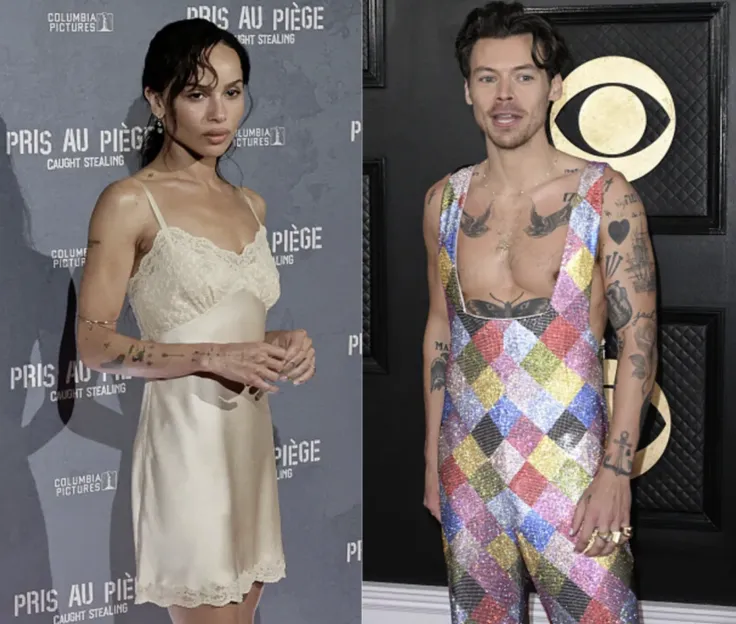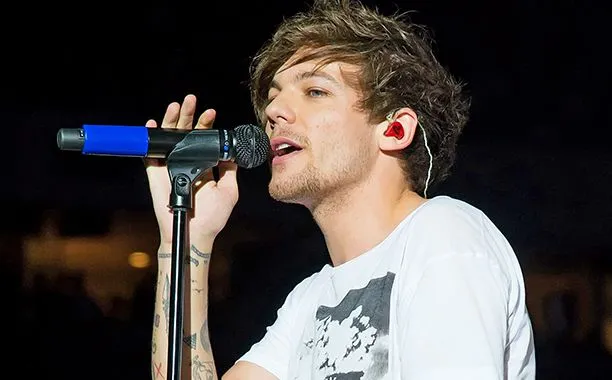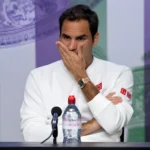
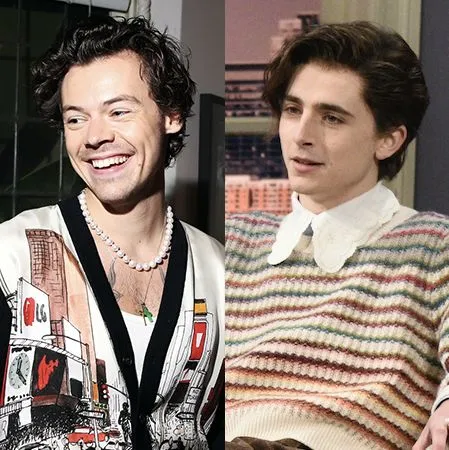
Harry Styles is hailed as the rockstar of a new generation… But Timothée Chalamet leaves fans asking: Who is the real modern male icon?
Harry Styles vs. Timothée Chalamet is not just a headline—it’s a cultural debate that refuses to fade. In an era where fame is no longer measured only by box office numbers or chart-topping singles, both men represent two radically different definitions of masculinity, style, and stardom. One channels flamboyant rockstar energy, while the other radiates cinematic depth and poetic coolness. And fans are left wondering: Who truly defines what it means to be a modern male icon?
The Rise of Harry Styles: From Boyband Darling to Global Rule-Breaker
Harry Styles first entered the cultural spotlight as part of One Direction, one of the biggest boybands of the 2010s. But unlike many former teen idols who quietly faded after their groups split, Styles rebranded himself into a solo superstar. His transition wasn’t only about music—it was about redefining what a male pop star could look like in the 21st century.
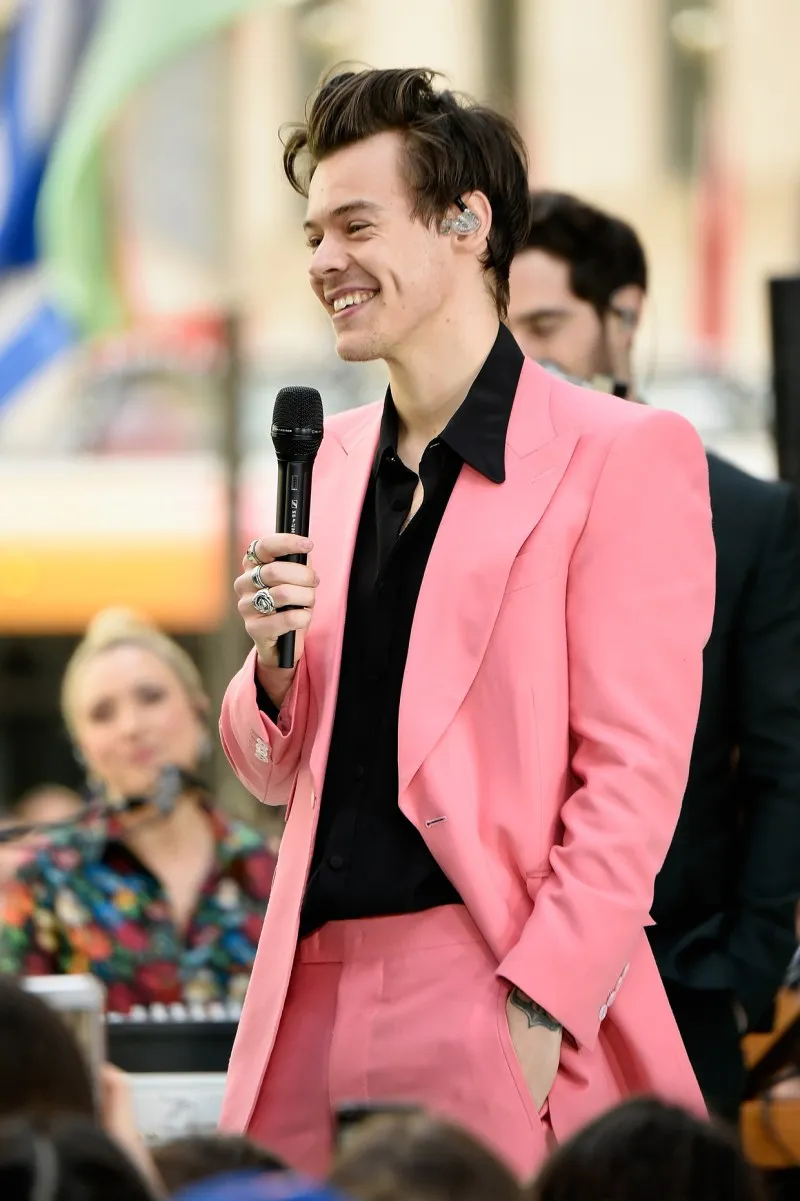
With his Grammy-winning hits like Watermelon Sugar and As It Was, Styles cemented himself as more than a nostalgic reminder of the boyband era. His fashion choices—lace blouses, pearl necklaces, sequined jumpsuits, even ballgowns—turned him into a provocateur of gender norms. On red carpets, he channels Gucci glam-rock flamboyance, daring to blur the line between masculinity and femininity in ways few male pop stars ever attempted on such a mainstream stage.
For fans, Styles is more than an artist. He is a statement: bold, unapologetic, and unpredictable. His concerts often feel less like music shows and more like fashion spectacles, drawing screaming crowds who know they will see a version of Harry they’ve never seen before.
But while Styles pushes boundaries, some critics argue his embrace of fashion experimentation risks being seen as performance rather than authenticity. Which leads us directly to his cultural counterpart: Timothée Chalamet.
Timothée Chalamet: Hollywood’s Poetic Prince
If Styles embodies glitter, boldness, and flamboyant charisma, Timothée Chalamet is the polar opposite: subtle, cerebral, and artistic. Rising to fame with his heartbreaking performance in Call Me by Your Name, Chalamet became Hollywood’s poster child for youthful vulnerability and indie credibility.
He does not sing chart-toppers or headline sold-out stadium tours. Instead, Chalamet builds his stardom around acting depth—whether leading an epic like Dune, carrying the quirkiness of Wonka, or embodying the raw sensitivity of coming-of-age characters.
And then there’s his fashion sense. While Harry may arrive in sequined Gucci, Timothée steps onto the red carpet in metallic Louis Vuitton suits, backless halters, or glittering Tom Ford ensembles. His looks are just as daring, but his energy feels less like rebellion and more like elegant disruption. Unlike Styles, who leans into rock theatrics, Chalamet channels an intellectual, almost androgynous chic—as if his fashion were a natural extension of his artistic soul.

Critics have called him everything from Hollywood’s first Gen Z style king to the next DiCaprio. But with each role and each red carpet, Chalamet is carving out something uniquely his: a cinematic brand of masculinity that feels delicate, introspective, but no less powerful.
The Fashion War That Never Ends
Where these two men collide most visibly is in fashion headlines. Styles is known for flowing Gucci gowns, boas, and pearls. Chalamet turns heads with sleek, shimmering, and futuristic tailoring. When Harry wore a sheer black blouse at the Met Gala, Twitter exploded. When Chalamet walked out in a backless red halter top, the internet froze in awe.
It’s a battle of aesthetics: rockstar chaos vs. indie elegance. Styles leans into excess and spectacle, while Chalamet opts for minimalism with a twist. Both draw attention. Both break norms. But they do so in wildly different ways, which keeps fueling the debate.
Fashion editors love comparing them because, despite their stylistic differences, they share one crucial trait: fearlessness. Neither dresses to blend in. Neither bows to tradition. In their own ways, they are both red carpet revolutionaries.
Pop Star vs. Actor: Two Paths to the Same Throne
The fascination isn’t only about clothing—it’s about how they handle fame itself.
Harry Styles thrives in stadium culture. His domain is music videos, concerts, and social media storms. His strength lies in immediacy—fans get constant Harry content, from live performances to viral clips.
Timothée Chalamet, on the other hand, lives in cinema culture. His stardom is slower, more deliberate, built around films that take years to create. Where Harry’s appeal is instant and visceral, Timothée’s is lingering and thoughtful.
Both approaches work. Both gather obsessive fandoms. But it makes fans ask: Is instant impact or long-lasting artistry the real measure of cultural power?

Fan Wars: Who Owns the Crown?
This is where things get messy—and viral. On Twitter, TikTok, and Instagram, fans regularly clash over who deserves the title of modern male icon.
Styles’ fans argue he is braver because he tackles gender norms head-on, turning his body into a canvas for self-expression. They highlight how he makes stadiums roar, not just red carpets flash.
Chalamet’s fans counter that his power lies in authentic artistry, that he is not a “pop machine” but a serious actor shaping cinema for a generation. They argue his subtlety is more revolutionary than Harry’s spectacle.
The truth? Both are right. But fan wars thrive on conflict, not balance—and that’s why every red carpet appearance, every new album, every movie premiere turns into another round of “Harry vs. Timothée.”
Beyond Competition: Two Sides of the Same Revolution
Here’s the twist: the world may see them as rivals, but in reality, Harry Styles and Timothée Chalamet are complementary forces.
Styles challenges masculinity by making it loud, flamboyant, and unapologetic. Chalamet redefines it by making it vulnerable, intellectual, and quietly radical. Together, they are reshaping what it means to be a male celebrity in the 21st century.
In many ways, they are not fighting for the same crown—they are building a new one together.
Why This Debate Won’t Die Anytime Soon
The cultural obsession with Harry vs. Timothée isn’t just about two men. It’s about a generation searching for new definitions of masculinity. In an era where identity, gender, and fame are all being reexamined, Styles and Chalamet stand as symbols of possibility.
One shows that you can be a rock god in a ballgown. The other shows you can be a leading man in a sequined suit. Both prove that icons today aren’t just made by what they do, but by what they represent.
And so, the debate rages on: Who is the real modern male icon? Harry Styles, the fearless showman? Or Timothée Chalamet, the poetic prince? Perhaps the answer is: both, in completely different ways.
Final Takeaway
For SEO (and reality), the truth is clear: Harry Styles and Timothée Chalamet are not rivals—they are parallel revolutions. They embody two paths of stardom, two visions of style, and two ways of breaking the mold.
And that’s why their “clash” will keep making headlines. Because fans don’t just want to know who they are. They want to know what they mean.








